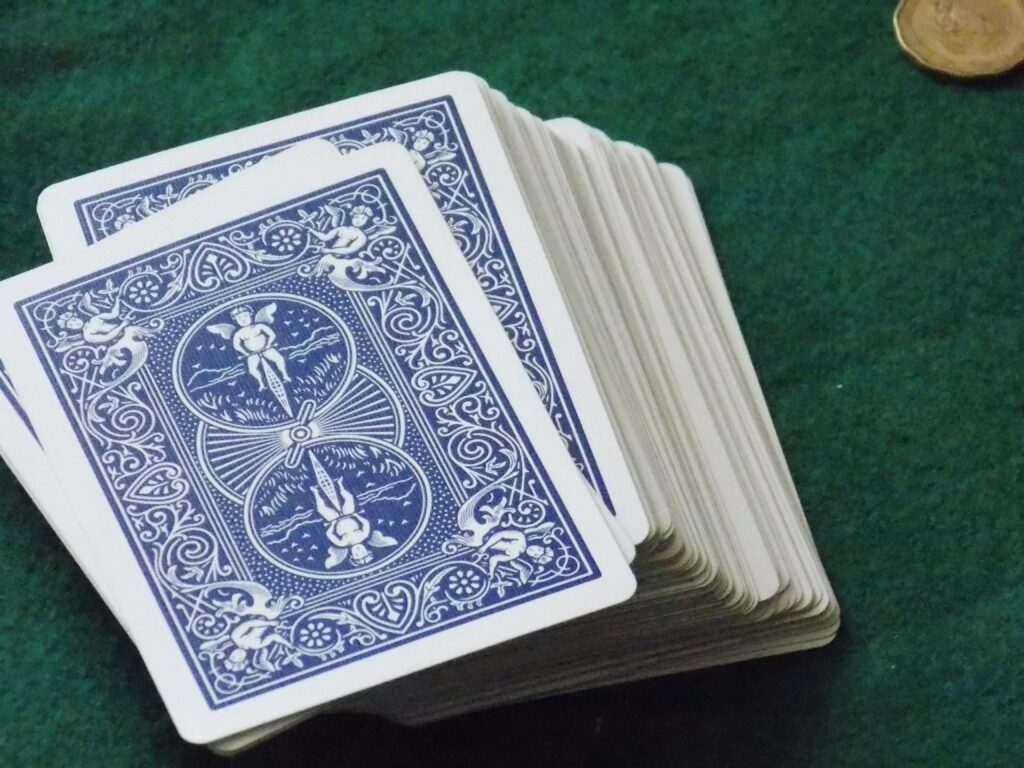Engaging in the timeless art of card games not only sharpens the mind but also bridges gaps between generations. Among these enduring classics, Piquet stands out as a testament to strategic depth and intellectual prowess. This guide embarks on an enlightening journey into the realms of Piquet, a game that has captivated players for centuries with its intricate strategies and fascinating gameplay. Whether you are new to this classic card game or looking to refine your techniques, this article lays down everything you need to master Piquet.
Understanding the Basics of Piquet
Piquet is a two-player card game that utilizes a 32-card deck, often referred to as a Piquet deck, which excludes ranks below 7 from a standard deck. The game comprises various phases, including the deal, the exchange, declaring, and the trick-taking phase. Each of these phases is crucial in strategizing and outmaneuvering your opponent.
The Setup and Objective
- Players: 2
- Deck: A shortened deck of 32 cards (7 to Ace)
- Objective: To score points through declarations and by winning tricks, aiming to be the first to reach a score of 100 over several rounds.
Phases of Play
- Deal: Cards are distributed, and players select cards to exchange in hopes of improving their hand.
- Exchange: Players replace a portion of their hand with unseen cards from the deck.
- Declaring: Players announce combinations for points before actual play begins.
- Trick-taking: Using strategy, players win rounds of play termed as tricks.
Strategic Insights for Winning at Piquet
To excel in Piquet, a blend of memory, strategy, and adaptability is essential. Keeping track of played cards can give you a significant advantage. Additionally, being tactical about declarations and mindful during the trick-taking phase are key elements that define proficient Piquet players.
Masterful Exchange Techniques
The exchange phase is critical for setting up a winning hand. Always weigh the potential of your current cards against the chances of drawing something better. This balance between risk and reward greatly influences the game’s outcome.
Declaration Strategies
During the declaration phase, understanding when to reveal your hand and when to withhold information can make all the difference. Bluffing and misdirection are as vital here as in any card game, adding layers of psychological warfare to Piquet.
Advanced Trick-Taking Tactics
In the trick-taking phase, decision-making becomes even more nuanced. Should you lead with your strongest cards early, or save them for later? Knowing when to play aggressively and when to hold back is the hallmark of a Piquet master.
Conclusion
In the grand tapestry of card games, Piquet holds a place of reverence. Its allure lies in its complexity and the endless variations of play it offers to those who delve into its secrets. Like any game worth mastering, the path to becoming adept at Piquet is one of continual learning, practice, and strategy refinement. Armed with the insights from this guide, embark on your journey to mastering Piquet, and enjoy the rich rewards of this classic card game.

